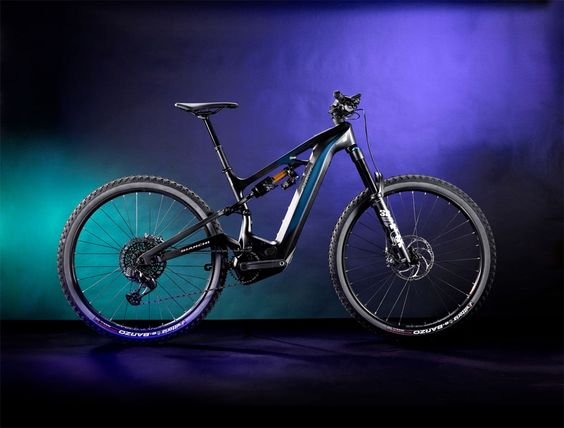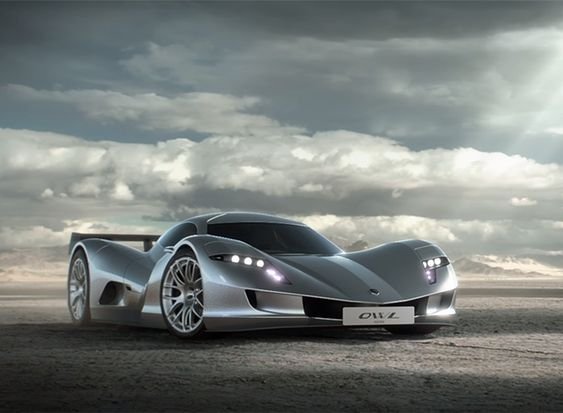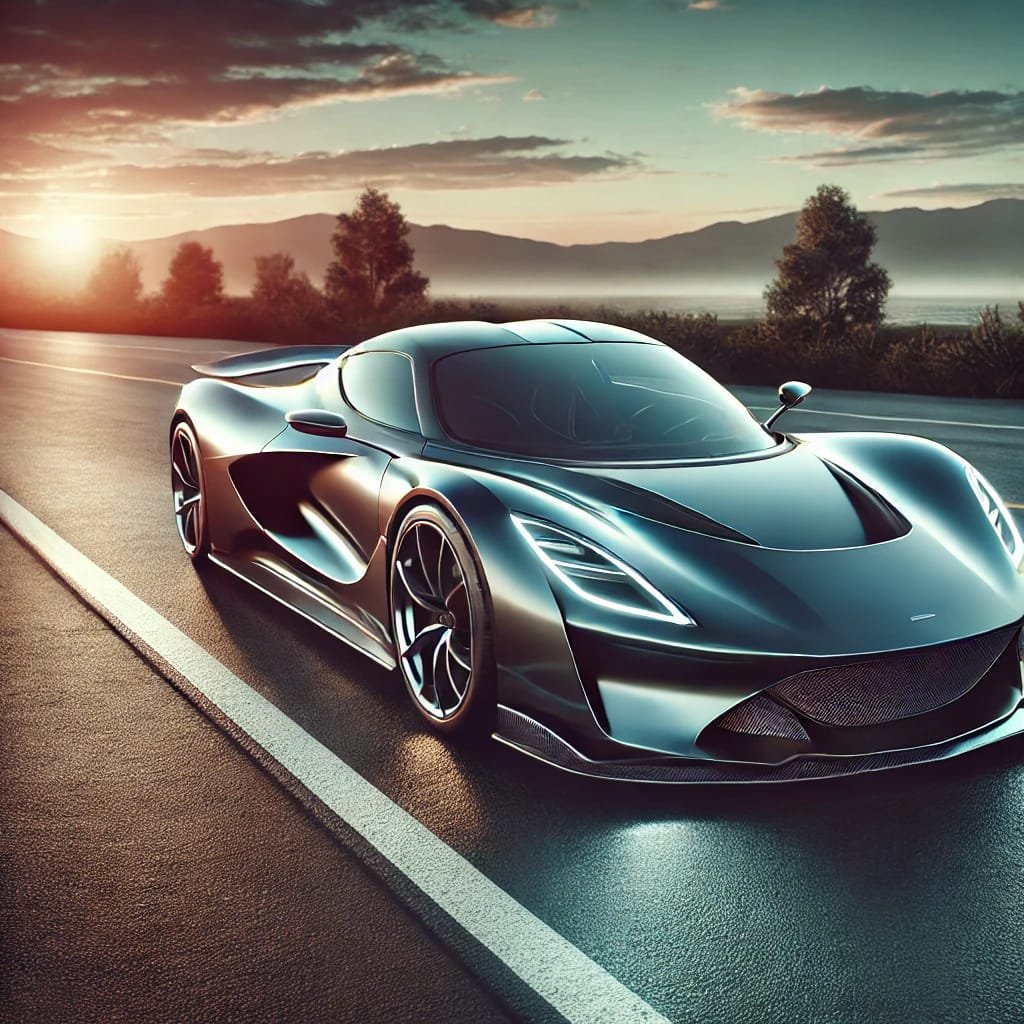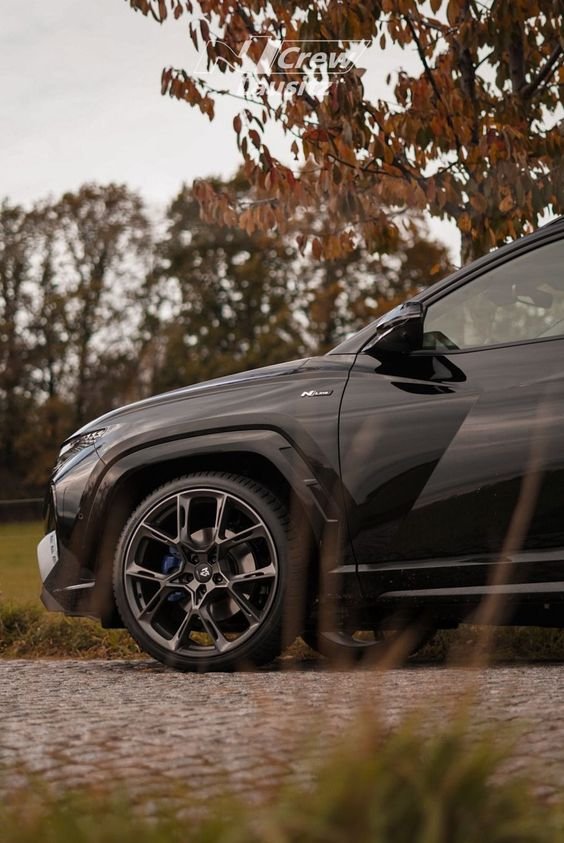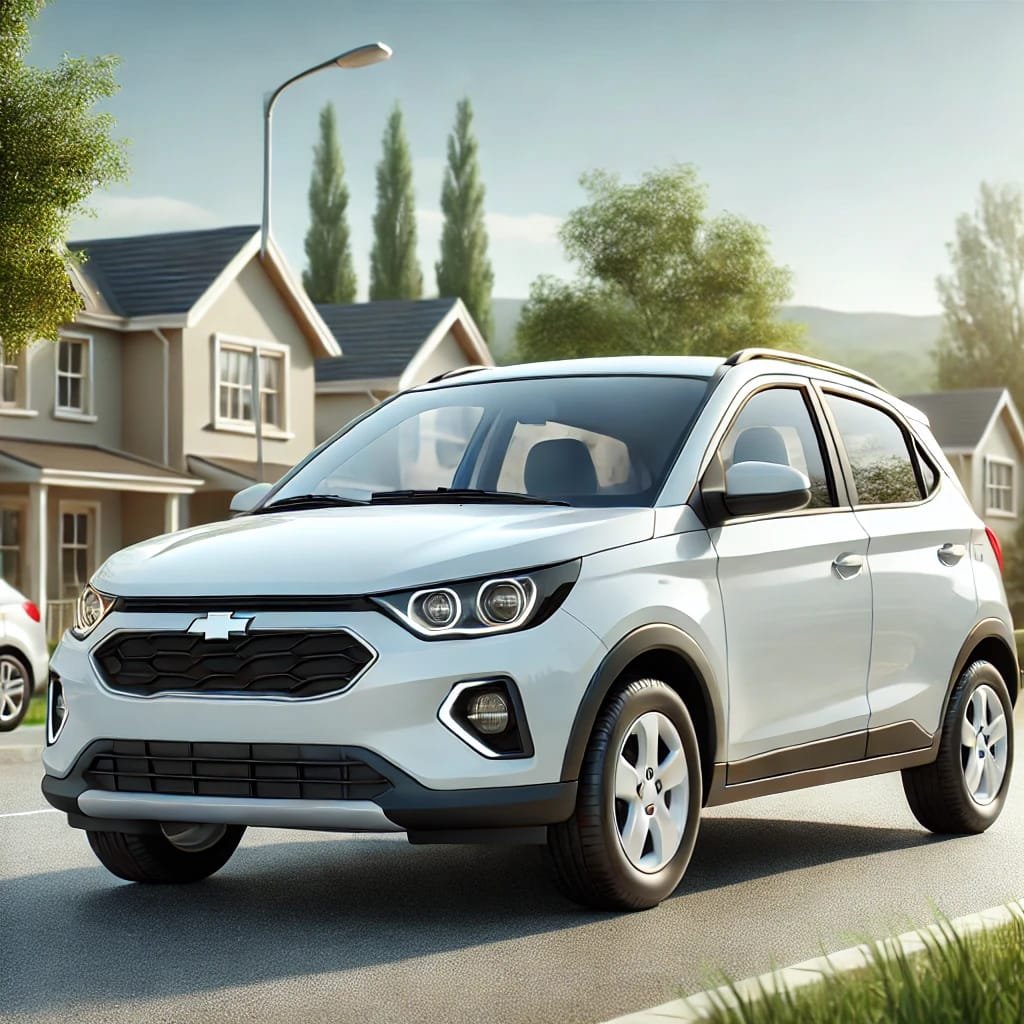
As electric vehicles (EVs) become increasingly popular, understanding how to effectively navigate the EV charging infrastructure is essential for a smooth driving experience. Unlike traditional gas stations, EV charging stations vary in speed, connector types, locations, and payment methods. Knowing the ins and outs of the charging infrastructure will help you plan your trips, reduce range anxiety, and make the most of your electric vehicle.
Here’s a guide to help you navigate the EV charging landscape with confidence:
1. Understand the Types of EV Chargers
EV chargers are categorized into three main levels based on their power output and charging speed:
- Level 1 Chargers (Slow Charging)
- Description: Level 1 chargers use a standard 120-volt household outlet.
- Charging Speed: Adds about 3-5 miles of range per hour.
- Best For: Overnight charging at home or charging in locations where speed is not crucial.
- Use Case: Suitable for plug-in hybrids (PHEVs) or when you have ample time to charge.
- Level 2 Chargers (Medium Charging)
- Description: Level 2 chargers use a 240-volt outlet, similar to the one used for home appliances like electric dryers.
- Charging Speed: Adds about 15-30 miles of range per hour.
- Best For: Home, workplace, or public charging stations.
- Use Case: Ideal for daily charging needs, topping up during errands, or charging while at work.
- DC Fast Chargers (Level 3 or Quick Charging)
- Description: DC Fast Chargers (DCFC) provide high-speed charging using direct current (DC) and are typically available at public charging stations.
- Charging Speed: Adds 100-300 miles of range in 30 minutes to an hour, depending on the charger’s power output and the vehicle’s capabilities.
- Best For: Quick stops during long-distance travel or when a rapid charge is needed.
- Use Case: Perfect for road trips or when you need a significant range boost in a short period.
2. Know Your Vehicle’s Charging Capabilities and Connector Types
Different electric vehicles have different charging capabilities and connector types. It’s important to know which type your vehicle uses:
- Connector Types for Level 1 and Level 2 Charging:
- J1772 (Type 1): The most common connector for Level 1 and Level 2 charging in North America. Compatible with most EVs, including Nissan, Chevrolet, Ford, and more.
- Mennekes (Type 2): Standard for Level 2 charging in Europe. Some EVs in North America may come with an adapter for this connector.
- Connector Types for DC Fast Charging:
- CCS (Combined Charging System or Combo Connector): A widely used fast-charging connector in North America and Europe, compatible with most new EVs.
- CHAdeMO: Used primarily by older Nissan Leaf models and some other Japanese EVs. Becoming less common as the industry shifts to CCS.
- Tesla Supercharger: Tesla uses a proprietary connector for its Supercharger network in North America. Adapters may be available to use other chargers with a Tesla vehicle.
3. Find Charging Stations Using Apps and Websites
To locate charging stations, several apps and websites provide real-time information on charger locations, availability, pricing, and network compatibility:
- Popular Apps for Finding Charging Stations:
- PlugShare: A community-driven app that lists charging stations globally, with user reviews, photos, and tips.
- ChargePoint: Provides information on ChargePoint stations and other compatible networks.
- Electrify America: Lists its network of DC Fast Chargers across the United States.
- Tesla App: Shows Tesla Superchargers and Destination Chargers for Tesla vehicles.
- EVgo, EVConnect, and Greenlots: Apps for finding stations within specific networks.
- Tips for Using Charging Apps:
- Check charger availability and status before heading to a station.
- Look for stations near your regular routes, like shopping centers, workplaces, and rest stops.
- Use filters to find compatible chargers based on your vehicle’s connector type.
4. Plan Your Charging Stops for Long Trips
When planning a long trip in an EV, consider the following to ensure a smooth journey:
- Route Planning Tools: Use route planning tools like A Better Routeplanner (ABRP) or the navigation systems in your EV to plan your trip based on available charging stations.
- Charge When You Stop: Instead of waiting until your battery is low, take advantage of charging opportunities whenever you stop for a meal, break, or sightseeing.
- Account for Charging Times: Be mindful of charging times, especially when using slower Level 2 chargers. For longer stops, choose a location with amenities to make the wait more comfortable.
- Be Flexible with Plans: Have alternative charging stations in mind in case your planned station is busy, out of service, or not available.
5. Register for Charging Networks
Many public charging stations require a membership or registration with the network operator. Some networks may offer pay-as-you-go options, but signing up in advance can save time and provide access to special discounts.
- Popular Charging Networks:
- ChargePoint: One of the largest networks in North America, offering Level 2 and DC Fast Chargers.
- EVgo: Provides fast charging options, primarily DC Fast Chargers, in urban areas.
- Electrify America: A major DC Fast Charging network in the U.S. with a growing footprint.
- Tesla Supercharger: For Tesla owners, provides access to the fastest charging speeds and a widespread network.
- Tips for Registering:
- Download the app for each network you plan to use.
- Keep RFID cards or apps ready for quick access to charging stations.
- Check for network-specific memberships or loyalty programs that may offer discounts.
6. Understand Charging Costs and Payment Methods
Charging costs can vary widely based on the location, network, and type of charger. It’s essential to understand how these costs are calculated:
- Cost Factors:
- Per Kilowatt-Hour (kWh): The most common way to charge for electricity, similar to how you pay for electricity at home.
- Per Minute: Some networks charge by the time spent charging, which can add up quickly if you use a slower charger.
- Flat Fee: Some stations charge a flat fee per session, regardless of how much electricity is used.
- Idle Fees: Certain networks impose fees if your car remains plugged in after charging is complete to encourage moving your vehicle.
- Tips for Managing Costs:
- Compare pricing across different networks and use the most cost-effective option.
- Look for free charging stations at workplaces, malls, hotels, or government buildings.
- Charge during off-peak hours when rates may be lower, if applicable.
7. Maximize Charging Efficiency
To make the most of your charging sessions:
- Precondition Your Battery: If your car has a preconditioning feature, use it to warm up or cool down the battery before charging, especially in extreme weather conditions. This can speed up the charging process and extend battery life.
- Avoid Full Charges for Short Trips: Unless necessary, avoid charging to 100% to reduce battery wear. Charging up to 80-90% is typically more efficient and preserves battery health.
- Monitor Charging Progress: Use your car’s app or the charging network’s app to monitor the progress and get notified when your vehicle is charged, so you can move it promptly.
8. Utilize Home Charging for Convenience
If possible, install a Level 2 home charger for convenient overnight charging. This is often the most cost-effective way to keep your EV charged.
- Benefits of Home Charging:
- Charge your car while you sleep, waking up to a full battery.
- Avoid waiting at public charging stations.
- Take advantage of lower electricity rates during off-peak hours.
- Tips for Home Charging:
- Choose a charger that is compatible with your EV’s charging capabilities.
- Consult a licensed electrician for installation to ensure safety and compliance with local regulations.
- Set charging schedules to optimize energy use and take advantage of off-peak rates.
9. Stay Updated on Charging Infrastructure Developments
The EV charging landscape is rapidly evolving, with new charging stations, networks, and technologies being introduced regularly.
- Stay Informed:
- Subscribe to newsletters or updates from charging networks.
- Join online communities and forums for EV owners to share tips and experiences.
- Keep an eye on new developments like ultra-fast chargers (350 kW or more), which can significantly reduce charging times.
10. Familiarize Yourself with Charging Etiquette
Good charging etiquette ensures that the charging experience is smooth for all users:
- Move Your Car When Finished: Once your vehicle is fully charged, move it promptly to free up the station for others.
- Avoid Hogging Chargers: Don’t occupy a fast charger longer than necessary, especially if there are others waiting.
- Report Issues: If you encounter a malfunctioning charger, report it to the network operator so it can be repaired quickly.
- Be Considerate in Hybrid or Non-EV Spaces: Avoid parking in charging spots if you don’t need to charge, and be mindful of EVs that might need the charger more urgently.
Conclusion
Navigating the electric vehicle charging infrastructure may seem daunting initially, but with the right knowledge and tools, it becomes manageable and straightforward. By understanding the different types of chargers, planning your trips, and using available apps and networks, you can efficiently manage your charging needs and make the most of your electric vehicle. As the infrastructure continues to expand and improve, charging an EV will become even more convenient and accessible, making electric driving an attractive option for more people

